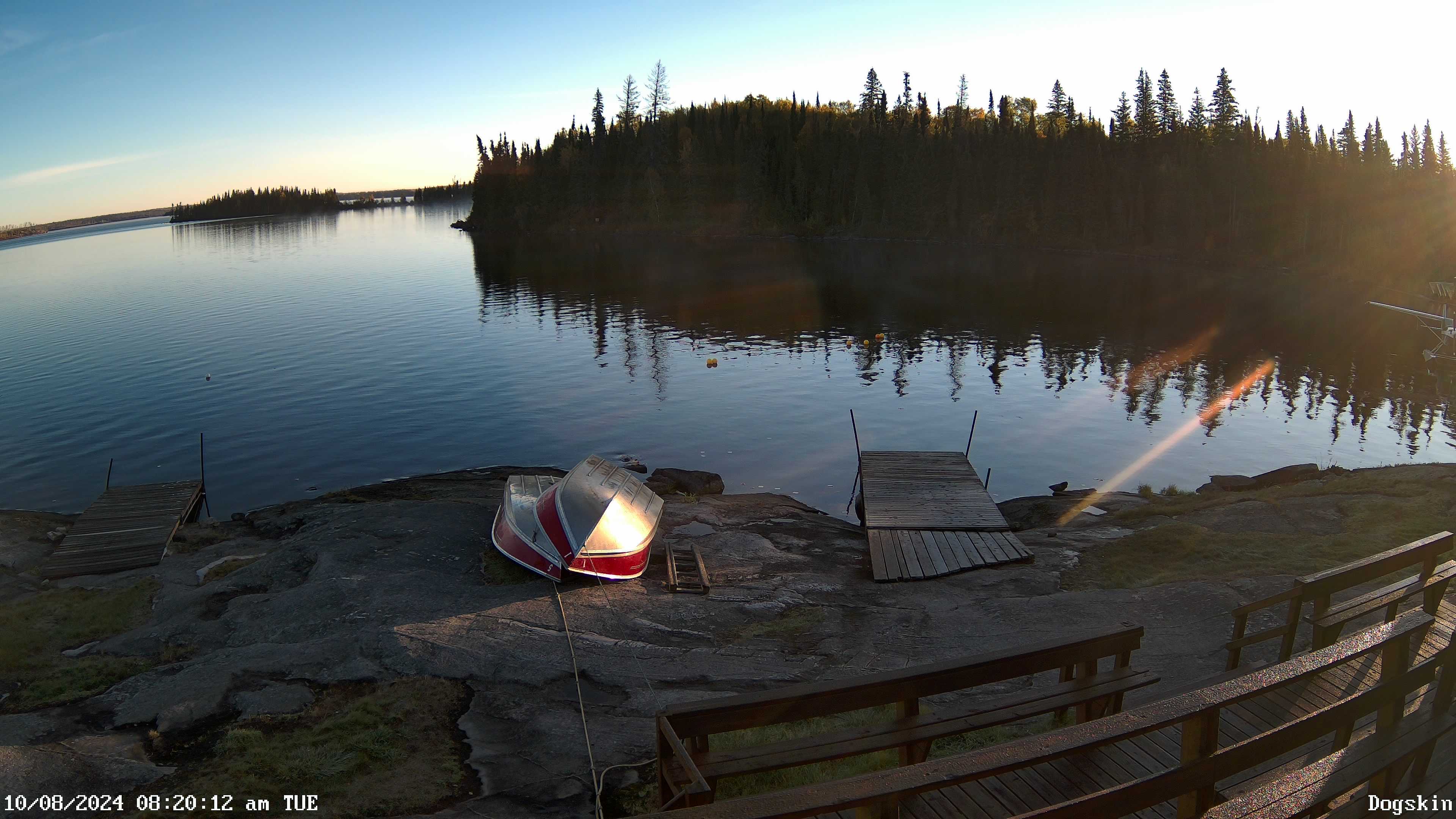Fisherman have always speculated on whether its better to try to dig out a deeply hooked lure or simply cut the line and let it go. Mike ran across an article that discusses this issue on the CBC.CA website.
Fortunately, the researchers at Carleton University's Cooke Lab found that fish were able to shake the lures in a relatively short amount of time, even when hooked deep in the mouth:
“By and large, most of the lures were shed in a relatively short period of time. Barbless hooks - as one would expect - came out usually within 24 hours. And deeply hooked [lures] also came out relatively quickly, although they were retained for a number of days.”
Based on years of observing fish and fisherman at Dogskin (and learning about fish biology), the factors that anglers can affect in the survival of hook caught fish are:
- How long the fish has been out of water
- How hard fish are played
- How much of the protective coating has been rubbed off (for pike in particular)
- How deep the fish was caught and how quickly it was brought to the surface
Knowing that a fish can shed a lure fairly quickly means that the best way to keep a deeply hooked fish alive is to cut the line at the lure and get it back in the water quickly. If its a trophy, hold it appropriately for your picture (we'll talk about this in the future post), take a measurement while touching the skin as little as possible and get it back in the water.












